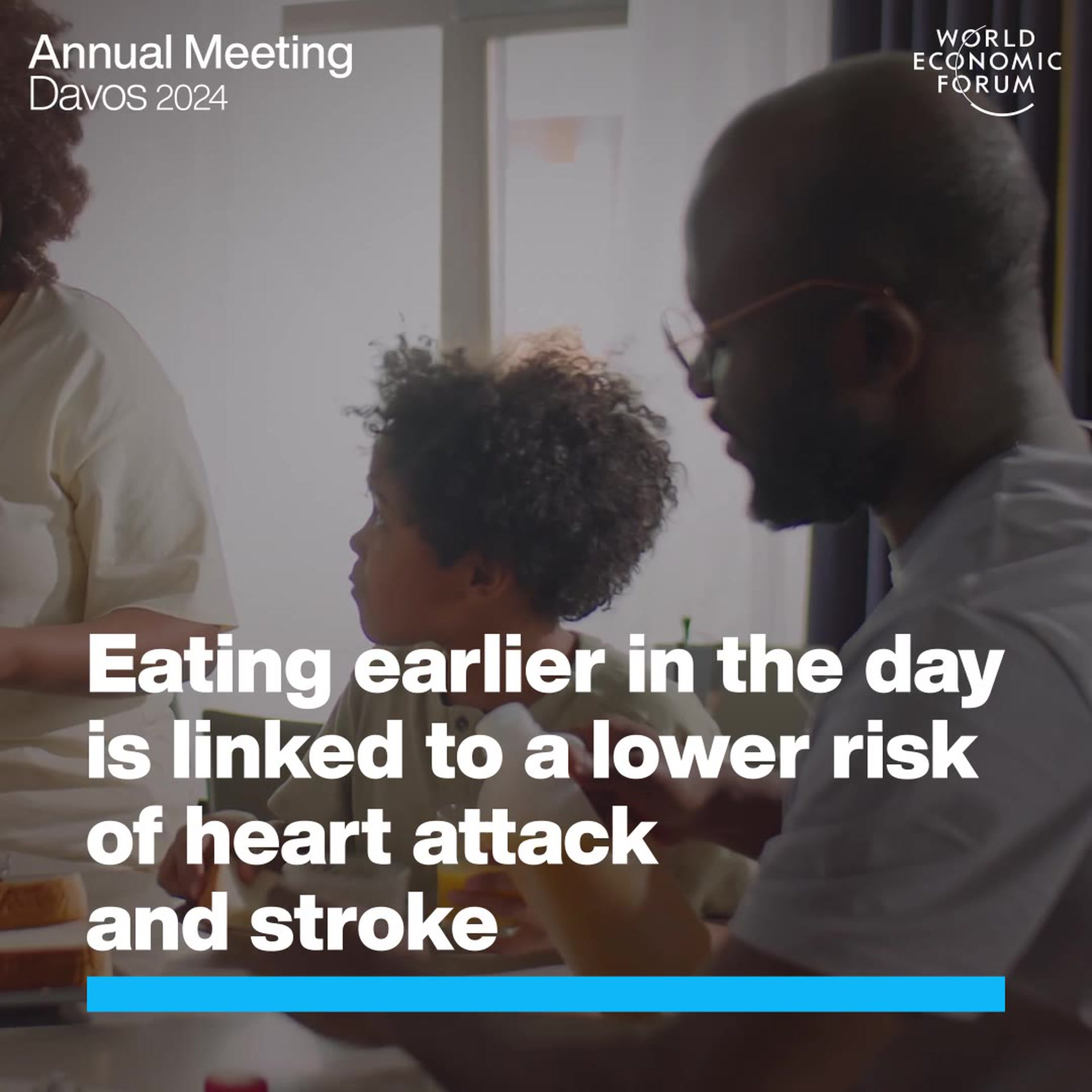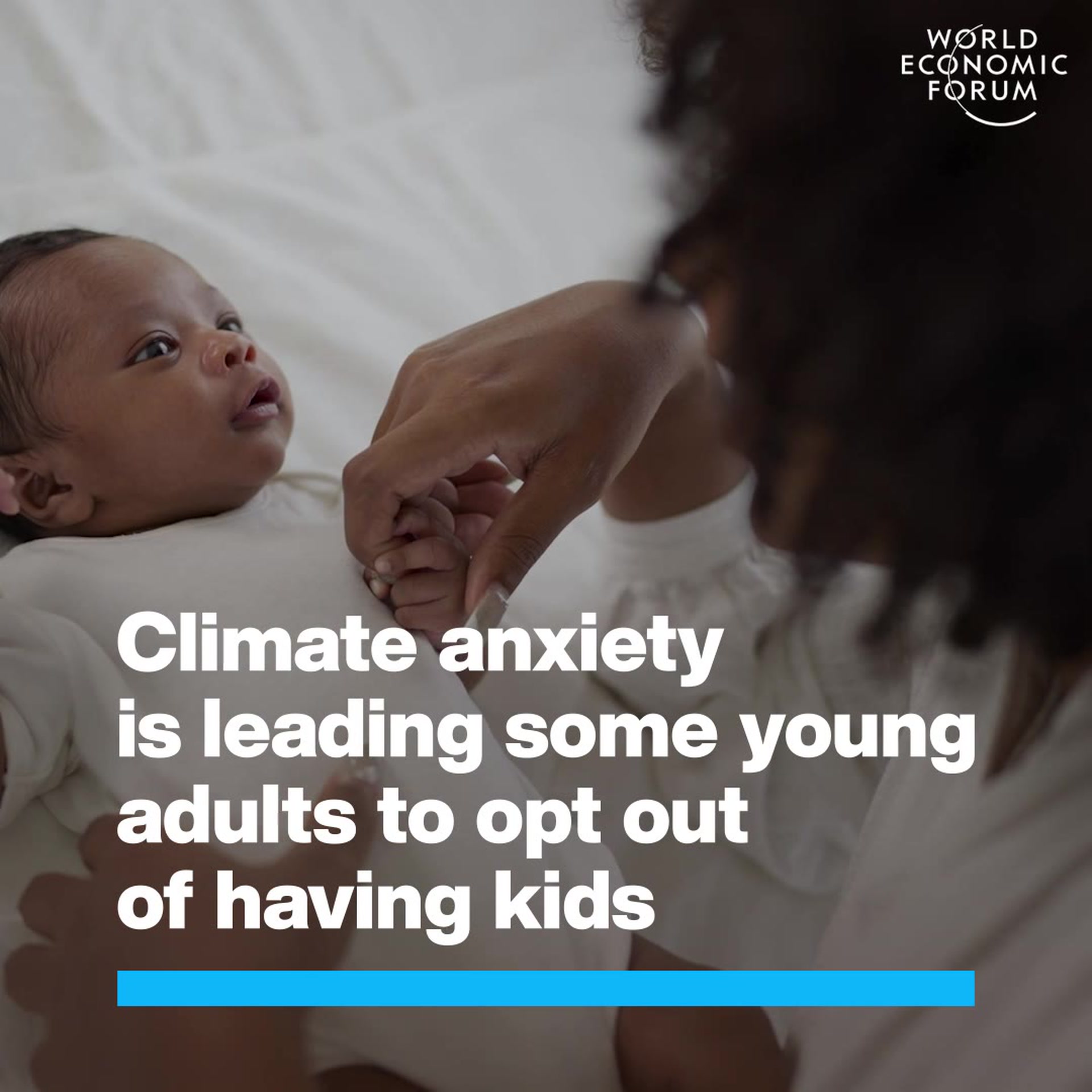Thinking like Leonardo da Vinci will help children tackle climate change

Teaching children to think like the Renaissance artist would better prepare them for tackling crises. Image: REUTERS/Stephane Mahe

Get involved with our crowdsourced digital platform to deliver impact at scale
Stay up to date:
Behavioural Sciences
- UK researchers say we need a radical shake-up of the curriculum to ensure arts and sciences are no longer taught separately.
- Different disciplines should be taught together to encourage critical thinking and problem solving.
- Taking a transdisciplinary approach like Da Vinci’s will better teach children how to tackle problems such as climate change, study says.
Teaching children to think like the Renaissance artist, inventor and scientist Leonardo da Vinci would better prepare them for tackling crises such as climate change, according to researchers.
Writing in the journal Curriculum Perspectives, education researchers from the Universities of Cambridge and Edinburgh argue for a radical shake-up of the school curriculum so that arts and science subjects are no longer taught in isolation.
Instead, they call for arts and sciences to be taught together, with a focus on real-world problems. Subjects should reflect pupils’ lived experiences to encourage problem solving.
Renaissance polymath worked across disciplines
Their model draws inspiration from Renaissance polymath Da Vinci, who worked across disciplines and remains as renowned for his inventions as he is for his paintings.

“If we look at the amazing designs that Da Vinci produced, it’s clear he was combining different disciplines to advance knowledge and solve problems,” says Pam Burnard, a professor of arts, creativities and education at the University of Cambridge.
“We need to encourage children to think in a similar way because tomorrow’s adults will have to problem solve differently due to the existential crises they will face: especially those of climate, sustainability, and the precarity of life on Earth.”
Calls for transdisciplinary approach to teaching
Researchers cited two examples in which students benefited from a transdisciplinary approach to teaching.
The first saw disadvantaged teenagers in South Africa create "math-artworks". These both increased pupils’ familiarity with key mathematical principles and enabled them to gain a better understanding of the relevance of math in their own lives.

One 16-year-old boy produced an artwork called The Stressed Vitruvian Man, inspired by Da Vinci’s The Vitruvian Man. Not only was it a study of the human body, it also proved to be a commentary on the dangers of building a society based on mathematical principles alone.
Meanwhile in Aberdeen, Scotland, primary school pupils were shown to gain a better understanding of environmental protection and food security after they learned how to grow food at school.
Researchers found that survival of plants became personal to children, rather than just an abstract concept taught to them in a science class. This made them think about related challenges, such as how to grow enough food for everyone in limited space.
Climate change requires a ‘rapidly different approach’
Dr Laura Colucci-Gray, from the University of Edinburgh, says the nature of issues such as climate change required a “rapidly different approach to knowledge”.
“We are proposing a move from the idea of a curriculum as something children are just ‘given’ to a curriculum ‘in-the-making’, in response to transformations that will define their lives,” she explains.
The study contributes to the widening debate around the concept of ‘STEAM’ education, which seeks to reinsert the ‘A’ for arts into the uptake of STEM subjects – science, technology, engineering and mathematics – to help fill a critical skills gap.
Calls for STEAM, not STEM, education
Some educators say that the current focus on STEM subjects is devaluing others, and argue that the arts can also provide valuable problem solving skills that society needs.
The study recommends schools be given greater freedom to determine how they meet targets set by the curriculum, with teachers making collective decisions about how best to engage pupils around unifying themes such as sustainability.
It also highlights how closer links between schools and their communities, as well an imaginative use of space and resources, could better connect pupils’ learning to lived experiences outside the classroom.
Interdisciplinary skills vital for the future
The London Interdisciplinary School is taking this kind of approach to education. It’s the first new university in the UK for 40 years and will offer a Bachelor in Arts and Sciences (BASc) in Interdisciplinary Problems and Methods when it launches later this year.
Meanwhile, Finland has long been praised for its holistic education system that shuns standardized testing. Instead it places an emphasis on making the classroom more equitable and has a shorter teaching day, not to mention less homework, than anywhere else in the world.
The International Baccalaureate (IB) curriculum, which is used in schools across the world, also puts an emphasis on mixed learning. Its Middle Years Programme requires students to be engaged in at least one collaboratively interdisciplinary unit each academic year.
Calls for an interdisciplinary approach to education also echo the findings of the World Economic Forum’s The Future of Jobs Report 2020, which pointed to skills such as critical thinking and problem solving as being vital for the workplace of the future.
Don't miss any update on this topic
Create a free account and access your personalized content collection with our latest publications and analyses.
License and Republishing
World Economic Forum articles may be republished in accordance with the Creative Commons Attribution-NonCommercial-NoDerivatives 4.0 International Public License, and in accordance with our Terms of Use.
The views expressed in this article are those of the author alone and not the World Economic Forum.
Related topics:
The Agenda Weekly
A weekly update of the most important issues driving the global agenda
You can unsubscribe at any time using the link in our emails. For more details, review our privacy policy.
More on Behavioural SciencesSee all
Peter Dizikes
November 27, 2023
Aaron De Smet and Patrick Simon
September 25, 2023
Kate Whiting and Kateryna Gordiychuk
September 6, 2023






